Role Football player Playing position Height 1.75 m | Years Team Position Inside forward Name Juan Schiaffino | |
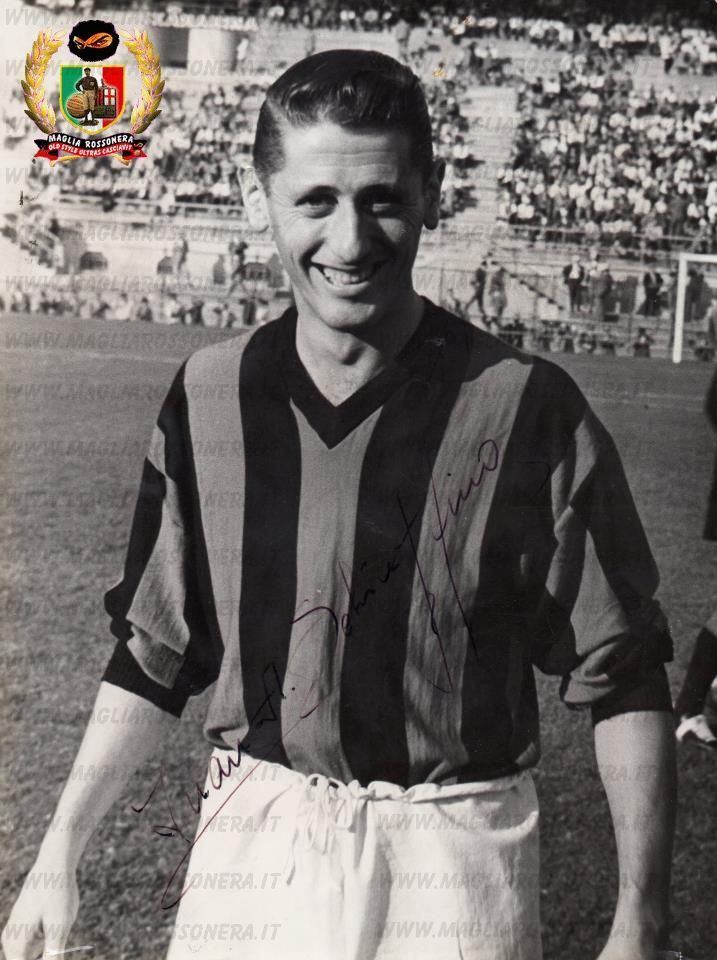 | ||
Full name Juan Alberto Schiaffino Villano Date of birth (1925-07-28)28 July 1925 Date of death 13 November 2002(2002-11-13) (aged 77) Died November 13, 2002, Montevideo, Uruguay | ||
Place of birth Montevideo, Uruguay | ||
Juan alberto schiaffino 03 15 1955 f tbol tur n mil n
Juan Alberto "Pepe" Schiaffino Villano ([skjafˈfiːno]; 28 July 1925 – 13 November 2002) was an Italian-Uruguayan football player who played as a forward or attacking midfielder. A highly skilful and creative playmaker, at club level, he played for CA Peñarol in Uruguay, and for A.C. Milan, and Roma in Italy. At international level, he won the 1950 FIFA World Cup with the Uruguayan national team, and also took part at the 1954 FIFA World Cup; he later also represented the Italy national football team.
Contents
- Juan alberto schiaffino 03 15 1955 f tbol tur n mil n
- Juan alberto schiaffino goles y mejores jugadas en el milan temporadas 1954 55 56
- Club career
- International career
- Style of play
- Death
- Club
- International
- Individual
- References
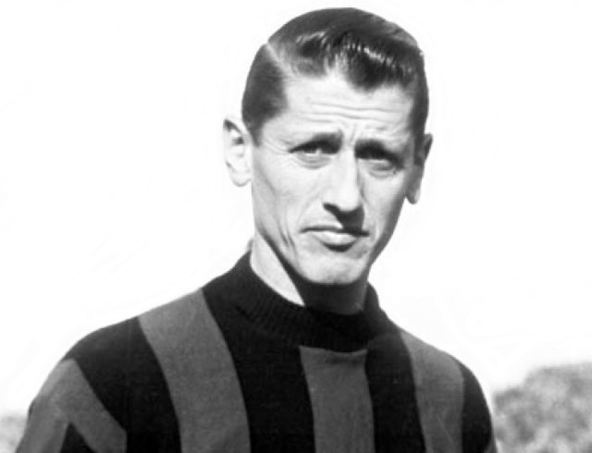
He was ranked as the best Uruguayan footballer of all time by an IFFHS poll, and the 17th greatest player of the twentieth century.
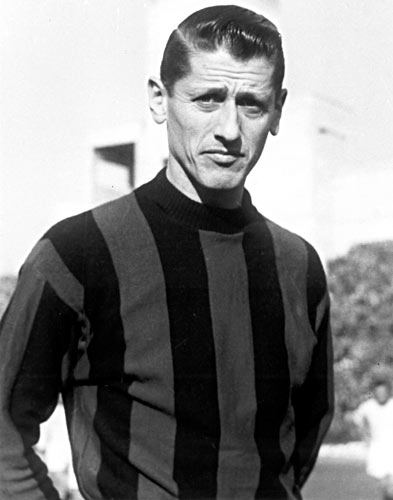
Juan alberto schiaffino goles y mejores jugadas en el milan temporadas 1954 55 56
Club career
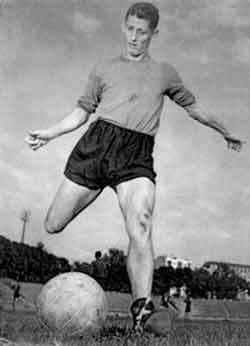
Following his eight successful years in Peñarol in his native Uruguayan league, Schiaffino was purchased by Italian Serie A club A.C. Milan, for an at the time world record fee of 52 million Lire, in September 1954. He played 171 games with A.C. Milan and scored 60 goals, and participated in the 1958 European Cup Final, which Milan lost to Real Madrid 2–3 (aet). He was among the crucial offensive players in a Milan team that was dominated by foreign stars such as Nils Liedholm and Gunnar Nordahl. Schiaffino won three national championships with Milan, the victories being in 1955, 1957 and 1959. Schiaffino scored a world leading 145 goals for Milan but left in 1960 to join Roma, where he played out his career during two moderately successful seasons, in which Roma finished fifth in the standings.
International career
Schiaffino played for two national teams; first with the Uruguyan national team from 1946 to 1954, and later with the Italian national team from 1954 to 1958, courtesy of his paternal grand-father who was a Ligurian from the province of Genoa.
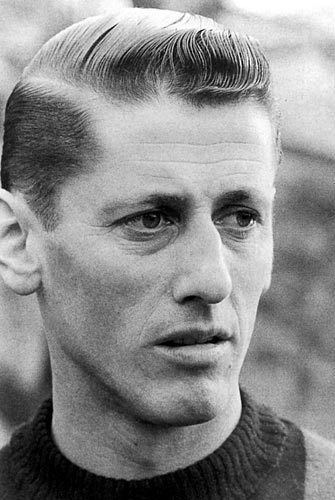
He obtained 21 caps with the Uruguyan national team, scoring eight goals, and four caps with the Italian national team.
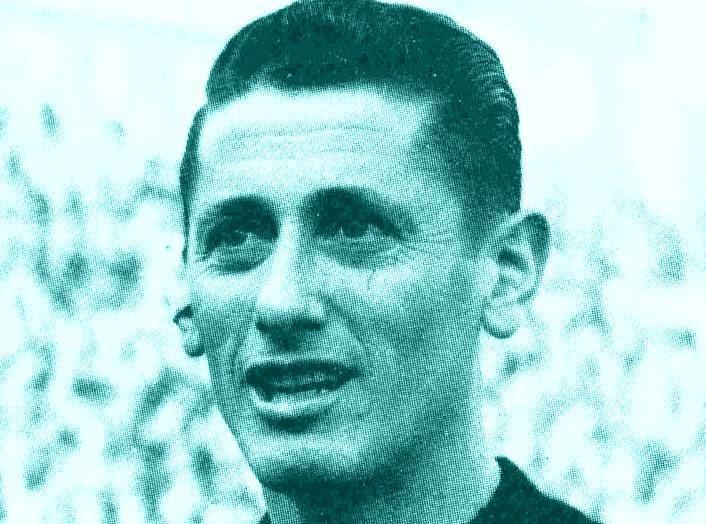
Schiaffino participated actively in Uruguay's victory in the 1950 World Cup, scoring one goal in the final and beating Brazil in its own stadium, in what was called the Maracanazo. He also played in the 1954 World Cup, helping his nation to a fourth place finish in the tournament.
Style of play
A diminutive and tactically versatile player, with a slender physique, Schiaffino was usually deployed as a left-sided inside forward in the early part of his career, in particular with CA Peñarol and A.C. Milan, or as an attacking midfielder, although he was also capable of playing as a deep-lying playmaker in midfield. Schiaffino was renowned for his creative ability and for having a unique capacity to read the game, organise his teammates, orchestrate goalscoring opportunities, and dictate the tempo of his team's play in midfield, which made him a highly proficient playmaker and assist provider; as a footballer, he was best known for his excellent technical ability, passing range, intelligence, positional sense, leadership, and vision. A well-rounded and hard-working player, in addition to his skill and creativity on the ball, Schiaffino was also known for his defensive contribution and willingness to track back, put pressure on opponents, and challenge them for the ball, often with sliding tackles; his wide range of skills also enabled him to play as a sweeper with Roma in his later career.
Death
Schiaffino died on 13 November 2002. His remains are buried at the Cementerio del Buceo, Montevideo.
